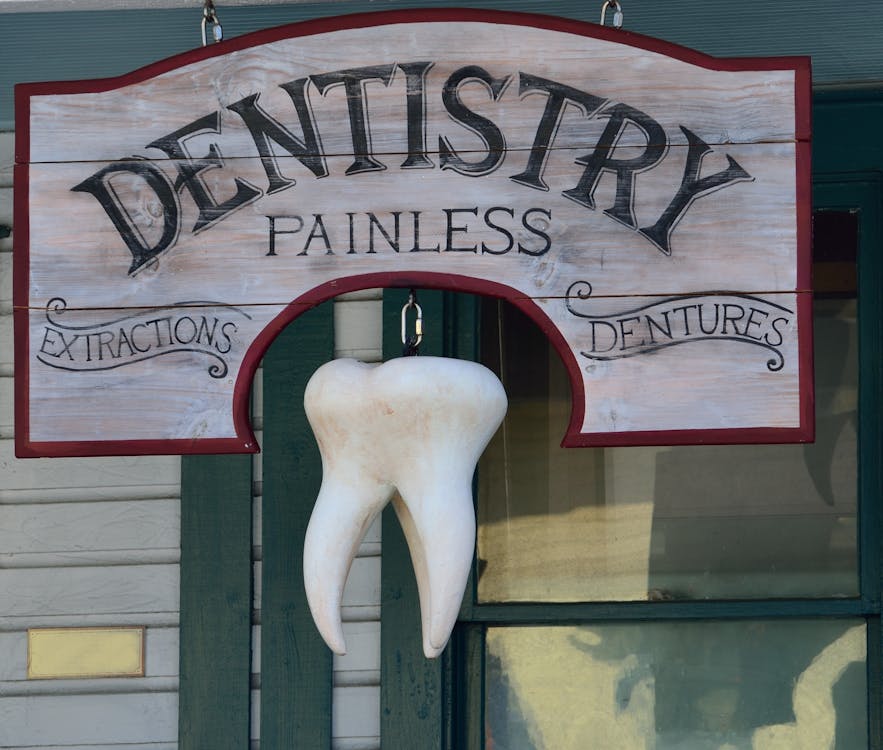Preparations before visiting your dentist

Pexels
In the light of WHO declaring the COVID-19 virus to be a pandemic, the INDIAN DENTAL ASSOCIATION (IDA) recommends preventative measures for dental professionals to minimize transmission through contact
and dental procedures --- as scientific information leads to improvements in infection control, risk
assessment, and disease management.
- Indian Dental Association’s Preventive
Guidelines for Dental Professionals on
the Coronavirus Threat
Dental chambers are the most prone sites that a patient might get COVID-19 as an unwanted souvenir.
Presumably India is now going through the most affected stage of Corona virus spread. Unknown carriers and asymptomatic patients are the mostly causing the spread unaccounted. No one is sure enough about their status regarding COVID-19.
Dentists are inescapably exposed to patients' saliva, sputum and blood as there work is concerned within the oral cavity. There are no chances to escape from the infection if an unknown or asymptomatic patient arrives at the clinic. The most possible transmission routes of COVID-19 are Direct or Indirect transmission.
The risk of direct transmission involves face to face communication and frequent exposure to saliva, blood and other body fluids. This is the most effective way of transmission from one patient to the doctor and from the doctor to other patients.
If we project this spread graphically it shows,
It's a probability chart of infection spread from a dentist who is used to meet 10 patients a day. If the dentist become an asymptomatic carrier then the spread will show a spike rise. In case if the dentist is symptomatic then the spread will be less as the dentist will go through the isolation protocols.
Indirect spread or contact spread is another mode of COVID-19 transmission that may occur due to the saliva or aerosols present in the air inside the clinic or on the surfaces. Traces of saliva or fomites can cause such damage. Hence strict clinical guidelines are implemented on the practicing dentists.
Classified treatments
Right now DCI has classified dental treatments as Emergency Dental Treatments, and Non-Emergency treatments.
What are the Emergency dental treatments?
1) Excessive or uncontrolled bleeding from mouth due to trauma or severe infection.
2) Ludwig's angina or Cellulitis (Excessive swelling of face due to infection)
3) Tooth fracture due to trauma.
4) Acute exacerbation of chronic pulpitis. (Severe toothache)
5) Pericoronitis or pain related to wisdom teeth
6) Dry socket or alveolar osteitis
7) Fractured old restoration causing severe pain and swelling.
Emergency dental treatments are also classified into 2, Aerosol generating procedures and Non-aerosol generating procedures.
** Aerosol Generating Procedures or AGP are like Filling or restoration procedures, Root canal treatments, Surgical extractions, Scaling etc.
** Non-aerosol Generating Procedures are like consultations, fabrication of removable dentures, simple extractions etc.
As the DCI guidelines imply every patient should go through these following steps.
1) Classify the patients as emergency or non-emergency dental care cases.
2) Primary care should follow a triage like Advice > Analgesics (Pain killers) > Antimicrobials/ antibiotics.
3) If the discomfort doesn't resolve within 72 hours then call the patient for an elective treatment.
Patient guidelines
Follow this link for the AV guidelines
https://youtu.be/O3vNU0vQ7rg
Dr. Arka Bhattacharya


No comments:
Post a Comment